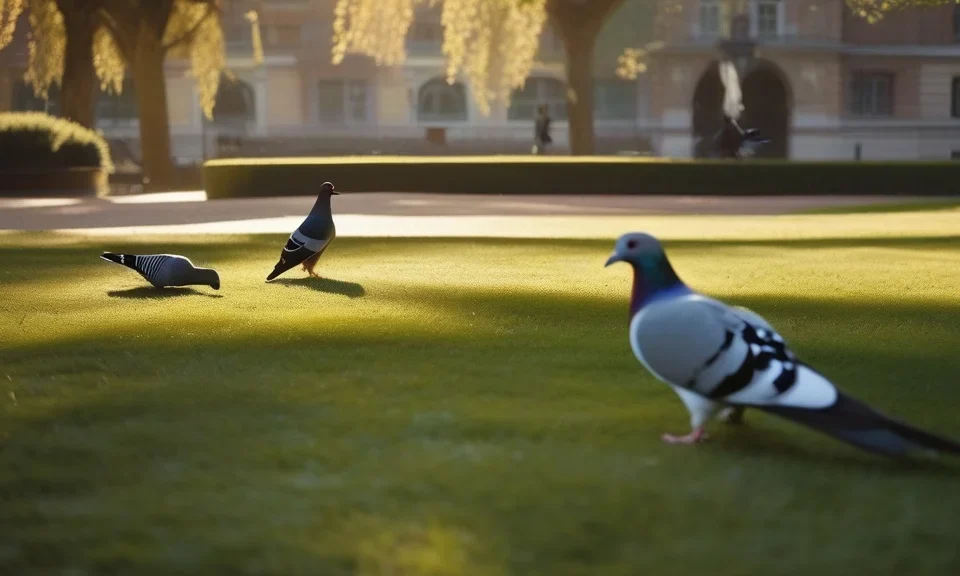Pigeon training and adaptation are key aspects of working with these unique birds. Like any living creature, pigeons have their own individual characteristics and learning abilities. Training pigeons involves adapting techniques to suit each bird’s needs and abilities. Understanding the process of adaptation and how it relates to training is essential for successful pigeon training.
Key Takeaways
- Pigeon training requires adapting techniques to suit individual birds’ needs and abilities.
- Adaptation involves adjusting to new circumstances and developing new behaviors or skills.
- Training pigeons involves conditioning them to respond to specific cues or behaviors.
Individual Pigeon Characteristics
Just like people, each pigeon is unique. What works for one pigeon may not work for another. It’s important to understand each bird’s personality, learning style, and individual characteristics when training them. Some pigeons may be more eager and quick to learn, while others may be more cautious or slower to adapt to new situations. By recognizing these individual differences, trainers can tailor their approach to suit each bird’s needs.
Training methods that work well for one pigeon may not yield the same results with another. It’s important for trainers to be patient and flexible, allowing for individual variations in learning speed and abilities. By adapting training techniques, trainers can meet each bird at its own level and progress in a way that suits their unique needs.
Adaptation in Pigeon Training
Adaptation is a fundamental aspect of pigeon training. It involves adjusting to new circumstances and developing new skills or behaviors. Pigeon trainers must create an environment that encourages pigeons to adapt to the desired behaviors or cues. Through a process of reinforcement and repetition, pigeons learn to associate specific actions or responses with certain outcomes or rewards.
For example, trainers may use positive reinforcement, such as offering food treats, to reward pigeons for desired behaviors. As pigeons repeat these behaviors and receive positive reinforcement, they become more likely to perform those actions in the future. This process of adaptation and reinforcement helps pigeons learn and internalize desired behaviors, making training more effective.
Pigeon Training Techniques
There are various techniques used in pigeon training to encourage adaptation and learning. These techniques include:
- Target Training: In this technique, trainers use a target stick or object to guide the pigeon’s movement and direct them towards specific locations or actions.
- Clicker Training: Clicker training involves using a clicking sound to mark the desired behavior, followed by a reward. Pigeons quickly learn to associate the clicker sound with a positive outcome.
- Operant Conditioning: This technique involves reinforcing desired behaviors and ignoring or discouraging unwanted behaviors. By providing rewards for desired actions and withholding rewards for undesired behaviors, pigeons learn to focus on the desired behaviors.
- Pigeon Racing Training: Pigeons bred for racing require specialized training to develop their flying and navigation skills. This involves gradually increasing the distance and difficulty of their flights to build their endurance and homing abilities.
By using these training techniques and adapting them to suit each pigeon’s needs, trainers can effectively train pigeons and promote successful adaptation to the desired behaviors or skills.
In conclusion, pigeon training requires adapting techniques to suit the individual characteristics and learning abilities of each bird. Understanding the process of adaptation and utilizing appropriate training techniques is crucial for achieving successful pigeon training outcomes.









